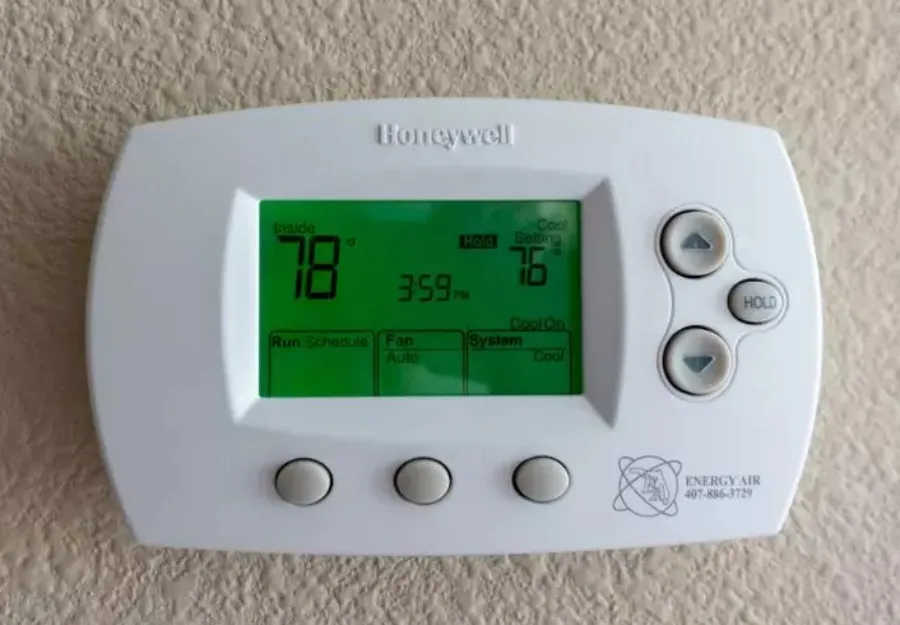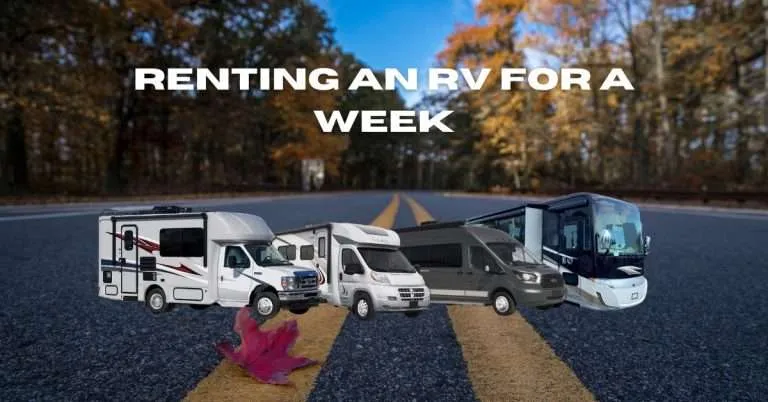Common Domestic 3-Button Thermostat Problems – How to Fix

Last updated on August 12th, 2024 at 11:34 pm
Domestic thermostats come in handy in any RV or camper. They work hand in hand with the AC in the regulation of temperature indoors. Without it, camping in the hot summer weather would practically be unbearable. However, they tend to act up with time.
Some common problems related to the domestic 3-button thermostat include an E1 error code, buttons not working, the thermostat not staying on or turning on, or the AC not cooling at the right temperature. Troubleshooting domestic thermostats go a long way in resolving some issues. You should attempt to troubleshoot some of these issues before seeking professional services.
This article highlights some of the common problems that are related to the domestic 3-button thermostat and troubleshooting tips to fix them.
Domestic 3-Button Thermostat Problems and Possible Solutions

Domestic thermostats are considered to be reliable. Usually, a thermostat not working is not a major cause for alarm. There are several tips and tricks you can apply to get it to working order in no time.
Power Issues
The number one issue that could cause a domestic thermostat not to work is related to power. Since RVs tend to utilize multiple power sources, the furnace and air conditioner are not exempted. If a breaker trips, the AC will quit working. A low voltage could also cause the thermostat not to perform optimally.
Solution
The first thing is to check the battery charger and ensure that it is providing enough DC voltage. And if running the AC, ensure that it is getting enough AC power.
E1 Error Code
This is a common error code among domestic thermostats. It usually indicates that there is no communication between the CCC 2 thermostat and power module boards.
Ideally, the code should contain the specific zone that has lost communication and display this information. Still, if there is an additional zone that has also lost communication, you will notice it blinking next to the original code.
Solution
To solve this, you can start by attempting a system reset protocol. If this attempt bears no fruit, you may be forced to trace the cable. Ensure that both connections are tight and if you happen to unplug any cable, you will have to perform a system reset. If the issue lies within a failed component, the only option here is to replace the thermostat.
The Thermostat Won’t Stay On or Turn On
The first component to check is the on/off switch. If the solder that makes the connection happens to be broken or cracked, no power will be sent to the switch. Also, ensure that you check all other solder joints and inspect whether they are broken or cracked.
Solution
To fix this problem, all you need is a soldering iron and solder, then go ahead and replace the old solder.
Buttons Not Working
If the buttons start failing on your thermostat, the most plausible reason is an accumulation of too much dust inside the thermostat or on the buttons.
Solution
Solving this problem is best done by removing the cover and cleaning the switches. Then, you can pry off the buttons with a screwdriver to access the contact points and clean them with Q tips and some contact cleaning solutions.
FAQs
Conclusion
Domestic thermostats, though reliable, could have some issues along the way. This article summarizes some of these issues and offers solutions so you know what to do should the situation arise. The last thing you need in your RV is a faulty and useless thermostat.
You Can Also Read:






